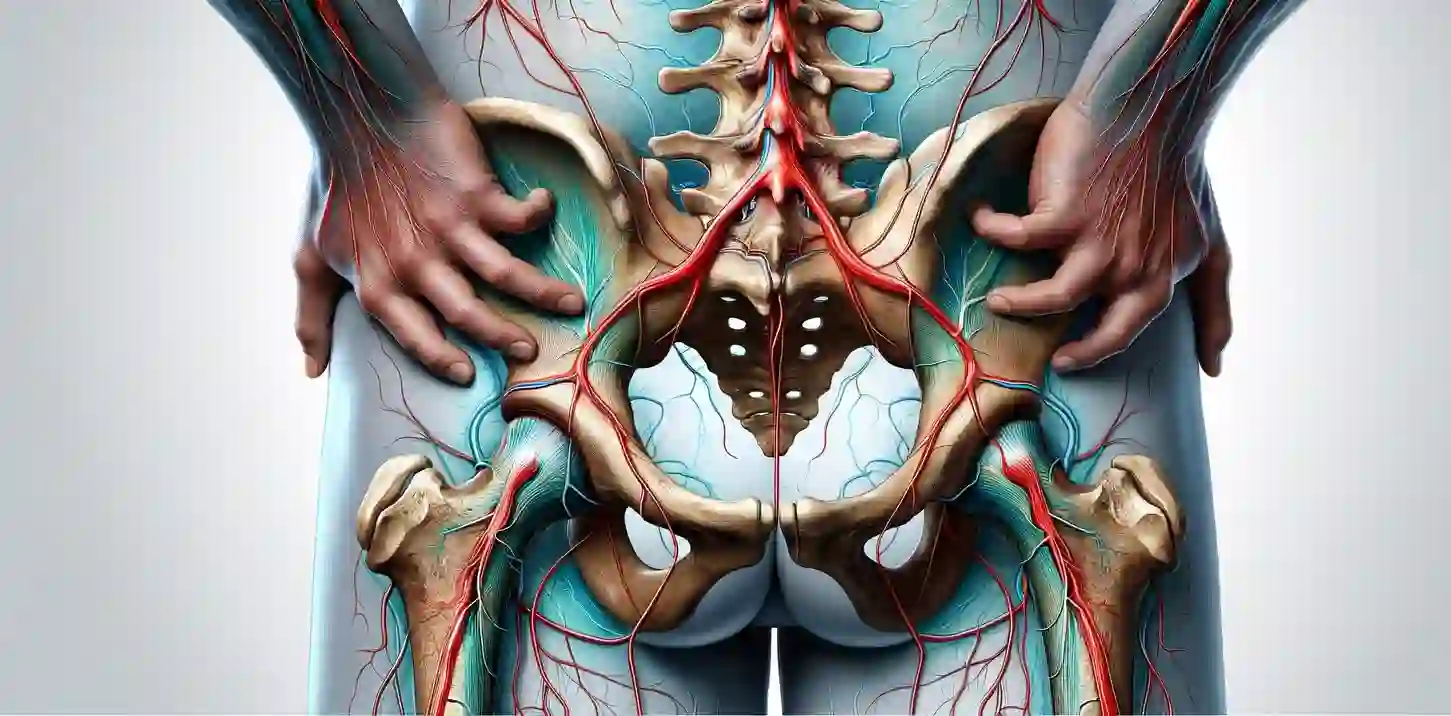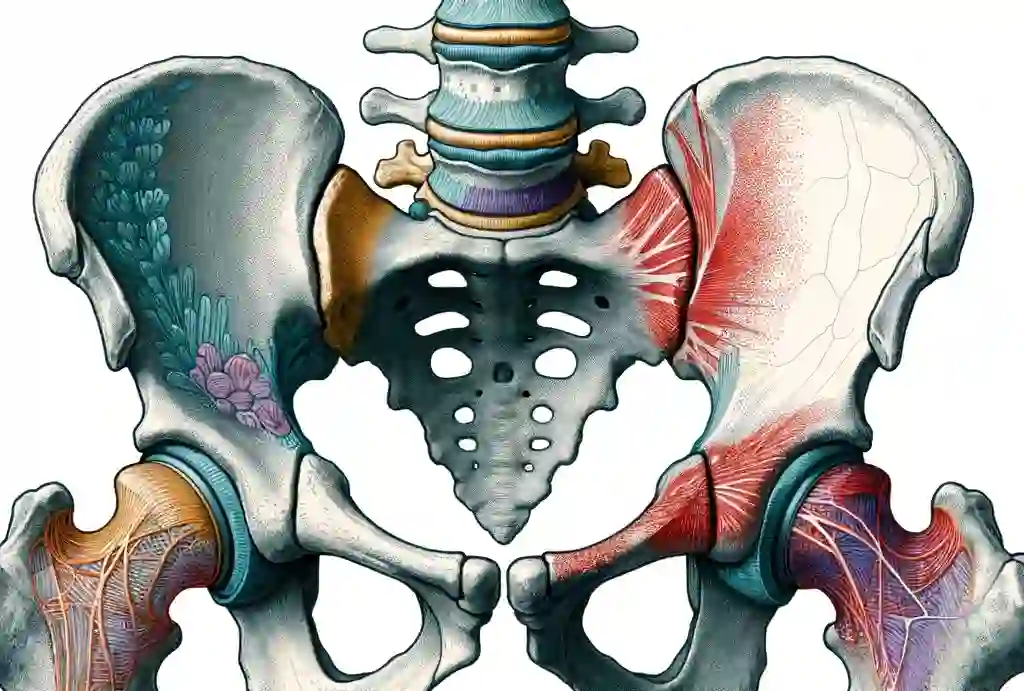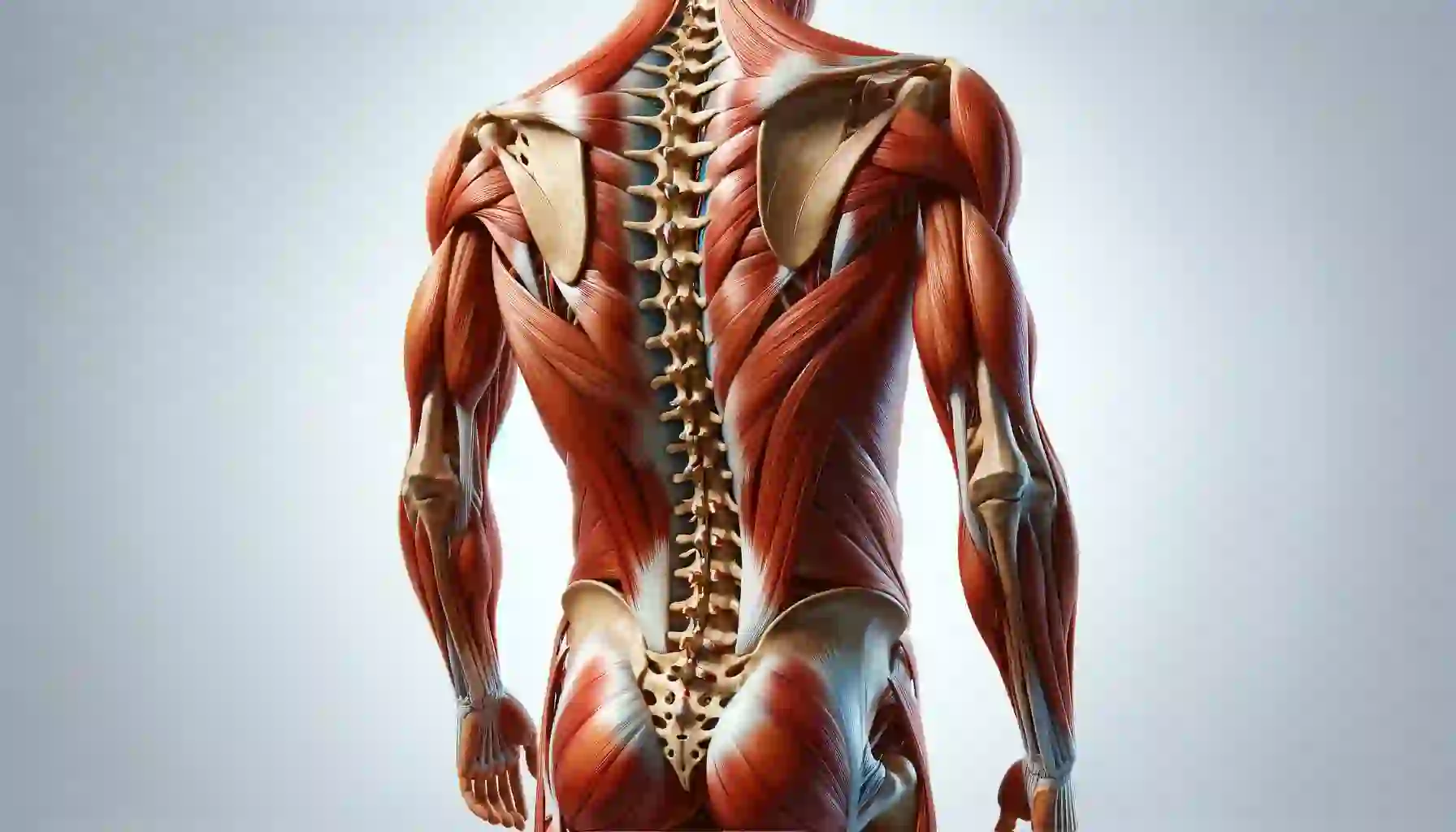Right Diagnosis for Sciatica: Disc Herniation or Spinal Stenosis?

Do you have sciatica?
Is your pain from a disc herniation or is it caused by spinal stenosis (trapped nerves in the spinal cord)?
Knowing the cause of your sciatica will determine the treatment for you, so it’s important to find out the true diagnosis.
Disc herniations and spinal stenosis are often misdiagnosed by chiropractors and medical doctors alike. It’s important to know the true cause as the treatments for each a quite different.
Cervical Disc Herniation: Best Exercises For Your Sore Neck
For example, when you are diagnosed with a disc herniation you often need extension exercises, while with spinal stenosis you often need flexion exercises.
So if your chiropractor thinks you have spinal stenosis and he/she gives you flexion exercises when you have a disc herniation you will get worse.
Getting the right diagnosis is imperative to your recovery so you can do the right exercises to get you better faster.
So let’s find out what exactly is going on.
Disc Herniations
A Disc herniation is a condition when your disc is found between your vertebrae in which the outer part is called the annulus. Many of the 15-25 layers of the annulus are torn allowing the inside portion called the nucleus to ooze out.
Much like a tire, the disc is under pressure from the inside. When enough layers of annulus tear this makes the disc bulge as the pressure from the inside of the disc pushes out.
The same thing will happen to a tire. If you damage the outer part of the tire but do not quite puncture the tire, it will bulge out on the side. With more tearing the disc protrudes out more sometimes pushing on your nerve and pinching it.
The pain can come from the torn annulus which causes inflammation and irritation of the nerve or the actual pinching of the nerve by the disc.
Disc Herniations Symptoms
- Pain while sitting
- Pain when rising from a seated position in which you have a hard time straightening up for a while.
- Pain or discomfort that radiates into the buttock thigh and lower leg.[1-2]
- Feels worse in the morning and gets better after that
- Prolonged standing makes it worse.
- Bending forward is painful
- Posterior and lateral thigh and calf pain
- The elderly have more anterior thigh and shin pain as they often have L3 and L4 nerves pinched.
See Also: The Best Exercises For Your Herniated Disc
See Also: Best Self-Treatments For Your Lumbar Disc Herniation
Spinal Stenosis
Spinal stenosis is a narrowing of the space that holds your spinal cord called your spinal canal. When the pressure is not high you will get pressure on the outer covering of the spinal cord.
With higher pressures, the pressure from the narrowing can put pressure directly on the nerves that make up your spinal cord.
For most of you, the spinal cord ends at the top part of your lower back but many of the nerves from the spinal cord continue further down. These nerves called the cauda equina are the ones that usually get pinched with most lower back spinal stenosis.
When the pressure on the cauda equina is bad enough you can get neurogenic claudication.
Neurogenic claudication is pain, numbness or tingling in one or both thighs and limbs when you walk a short distance usually a few hundred yards/meters that gets better when you sit or bend forward a little.
Spinal Stenosis Symptoms
- Pain or discomfort that radiates into the buttock, thigh and lower leg[3-4]
- Prolonged standing and bending backwards makes it worse.
- Walking a short distance distance makes it worse.
- Forward bending relieves
- Associated with Degenerative Disc Disease, Osteoarthritis,
- Neurogenic Claudication
- Both legs are affected in half the people [5]
- Nerve root tension tests are often not positive – For your chiropractor
- Posterior and lateral thigh and calf pain
Both disc herniations and spinal stenosis can cause pain that radiates from the lower back down into the buttock, down the thigh and into the leg, feet and sometimes even into the foot.
When the pain starts going down your leg this is called sciatica. The main difference between spinal stenosis and disc herniations is that forward bending is relieving for spinal stenosis and disc herniations are generally more painful when you bend forward.
Armed with this information you can help your chiropractor make the correct diagnosis. So if your chiropractor or medical doctor says you have sciatica, tell them you already know that you have pain down the leg. What I need is a diagnosis.
Hope this article gets you thinking and helps you be more proactive with your chiropractor.
Feel free to share your questions thoughts and experiences in the comments below, and don’t forget to connect with us on Facebook for more updates and tips on improving your health. We’d love to hear your opinions on who you consider the best Toronto chiropractor.
Research
- Peul WC, van Houwelingen HC, van den Hout WB et al. Surgery versus prolonged conservative treatment for sciatica. N Eng J Med 2007; 356: 2245–56.
- Saal JA. Natural history and nonoperative treatment of lumbar disc herniation. Spine 1996; 21: 2S–9S.
- Katz JN & Harris MB. Clinical practice. Lumbar spinal stenosis. N Eng J Med 2008; 358: 818–25.
- Katz JN, Dalgas M, Stucki G et al. Degenerative lumbar spinal stenosis: diagnostic value of the history and physical examination. Arthritis Rheum 1995; 38: 1236–41.
- Rainville J & Lopez E, Comparison of Radicular Symptoms Caused by Lumbar Disc Herniation and Lumbar Spinal Stenosis in the Elderly, Spine 2013; 38: 1282-1287. October 2013





